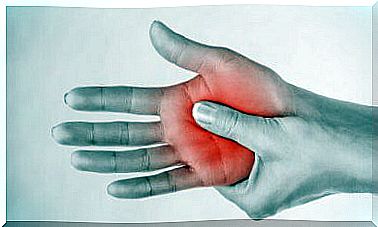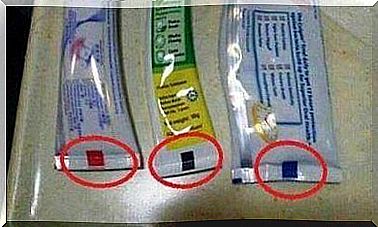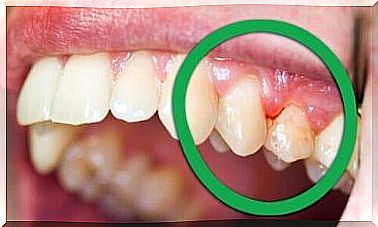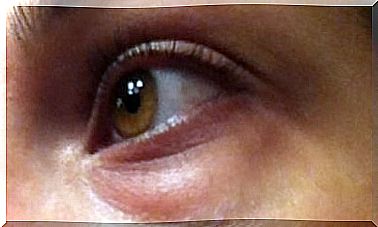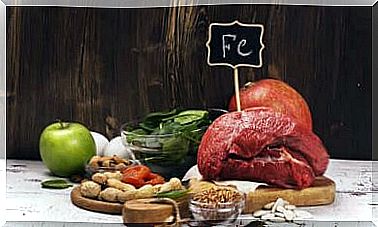Do You Know What Wedding Coins Are?
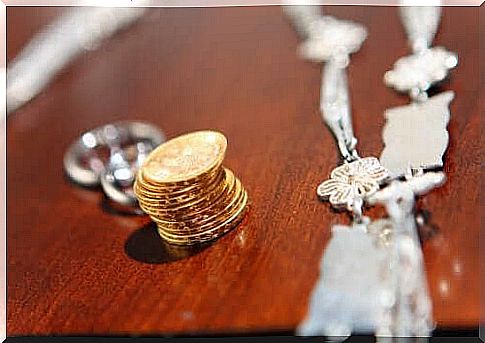
Weddings are full of symbols that represent promises, desires, and unity. One of these symbols are wedding coins, which are considered to represent material and spiritual prosperity for a couple.
Wedding coins have a valuable meaning that goes beyond just exchanging single coins. By using wedding coins, the groom hands over his wealth to his bride and returns it to him. By performing this act, the couple also receives the blessing for their marriage and their offspring.
Just as a ring symbolizes fidelity and eternity, wedding coins represent the fact that from that moment on people share everything with each other. “What’s mine is yours and yours is mine.” Marriage coins also represent a desire for future wealth and happiness.
What are wedding coins?
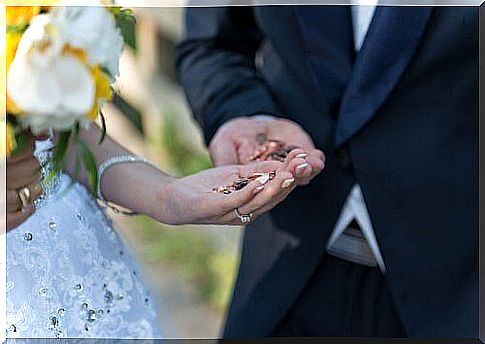
The tradition of exchanging wedding coins uses thirteen coins. Of these, 12 coins are made of gold and one of silver. They are brought to the altar by a child in a basket. After the ring ceremony, they give witnesses to the groom and the bride.
They are sometimes a gift from the best man to the groom, but this is a more modern tradition. There are also those who are looking for other symbols instead of coins such as:
- jewelery
- flowers
- a candle
In some cases, the couple opts for coins from another country that have a special meaning for them. For example, because their family comes from there. It could also be because they plan to live there in the future.
The exchange of wedding coins
After exchanging rings, the priest blesses the wedding coins and then the groom hands them over to his bride. This exchange is accompanied by the following words: “Receive these coins as a promise of God’s blessing and a sign of the riches we will share as a couple. ”
Then the bride returns them to the groom with the same words. Finally, at this point the priest blesses the couple and their belongings. You can also exchange wedding coins at a civil wedding, although this will be done without the blessing of a priest.
The Origin of Wedding Coins
The word ‘arrhae’, or wedding coins, has come a long way in evolution. This evolution started during the Paleolithic era of the Syrians.
At that time, 1400 AD, the ‘Erabatu’ consisted of the taxes paid by families. The word evolved into the Greek ‘Arrabon’. This was a piece of clothing that was left behind as a purchase guarantee.
At the time of the Roman Empire, they initially knew it as ‘Arrhabo’. In Plautus’ texts during the 2nd century BC, Arrhabo was a promise of payment. This was filed as a guarantee.
Later, Gaius Pliny, Prosecutor of Rome from 70 to 72 AD, used the word Arrhae al. He was referring to the guarantees of the trade.
Wedding Coins in the Middle Ages
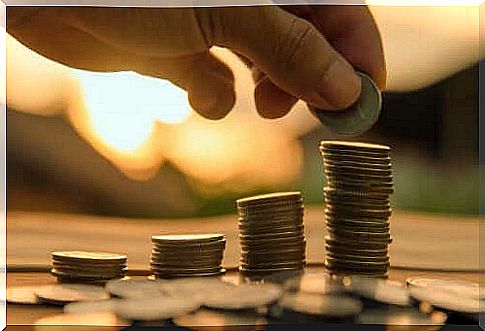
Arrhae was also used as a commercial term during the late Middle Ages in Spain at the time of the Visigoths. This term was used in purchase and sale contracts for the deposit left as collateral by the buyer prior to purchase.
Within these commercial contracts it was described when a father would hand over his daughter to the groom.
In the early Middle Ages, marriage was a legal trade agreement described in a contract. The bride’s father agreed to give custody of his daughter to the suitor in exchange for a dowry.
This document was called ‘Desponsiato’ from which later the word betrothal originated. At the same time, an Arrhae certificate was signed. It specified the assets that were transferred to the bride.
This often happened without the consent of the woman, who was usually under the age of 18. In general, she did not even know who the future husband was.
After the Desponsiato contract and the arrhae certificate, when the woman was old enough to have children, the wedding was celebrated. Over time, this ceremony became a religious act due to the influence of the church. At that time, the wedding coins continued to be part of the tradition.
The religious origin
The traditions of the Catholic Church mostly come from the Old Testament. In Genesis, Abraham gave Rebecca gold vessels, clothing, and gold earrings. He did this as a sign to her of marrying his son Isaac.
Therefore, during weddings, the priest says: “The omnipresent God who ordained Abraham, your servant, to give the Arrhae to Isaac and Rebekah as a sign of holy marriage. ”
Why are there 13 coins?
The origin of the 13 coin unit is unclear. The book of prelates and priests from the 19th century indicate that the number is mentioned in the Old Testament.
The explanation is that Jacob, son of Isaac and grandson of Abraham, had 12 children who founded the 12 tribes of Israel. Therefore there are 13 wedding coins: 12 plus one, which is God.
Others believe the number stems from the Arab tradition. It is one coin for each month of the year, plus one coin for the poor to share the abundance.
Choosing your wedding coins
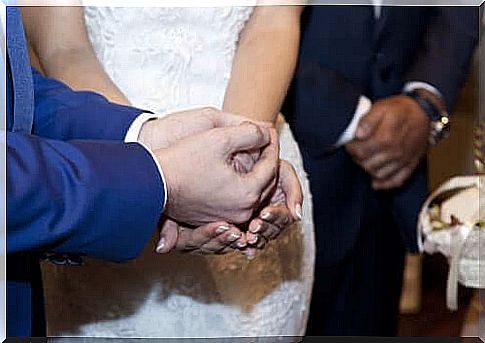
Now that you have learned all about wedding coins, you know that they are a very important part of some traditional weddings. If you choose to keep this tradition alive, you have to choose it well. You also have to give it a special meaning.
Most jewelry stores have different types of wedding coins. However, you can also be original and choose wedding coins that represent your values.




